The modern home is evolving beyond mere shelter into an intelligent, responsive environment that anticipates our needs while maintaining aesthetic sophistication. Smart home technology has transcended the realm of gadgetry to become an integral part of thoughtful interior design. The key lies not in showcasing technology for its own sake, but in creating spaces where cutting-edge functionality dissolves seamlessly into elegant design, enhancing daily life without disrupting visual harmony.
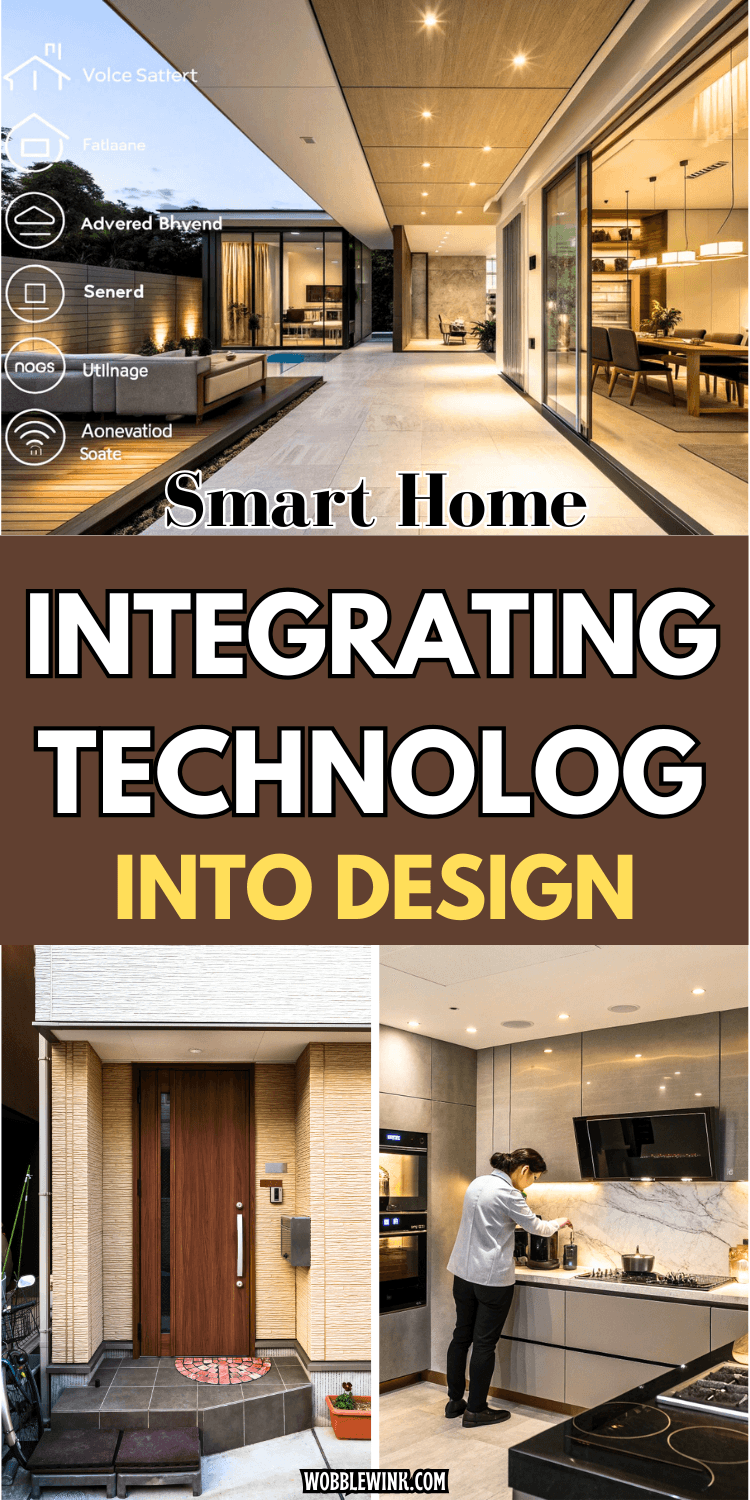
1. Hidden Integration: The Art of Invisible Technology
The most sophisticated smart homes are those where technology remains virtually invisible to the naked eye. This approach prioritizes clean lines, uncluttered surfaces, and the illusion that your home simply “knows” what you need. Concealed wiring, recessed sensors, and built-in control panels ensure that smart features enhance rather than dominate your living spaces.
Consider motorized window treatments that appear as standard curtains or blinds, yet respond to voice commands or automatically adjust based on time of day and sunlight intensity. Similarly, hidden speakers integrated into ceiling panels or walls deliver premium audio without visible hardware, while smart switches replace traditional wall plates with sleek, touch-sensitive panels that control everything from lighting to climate systems.
The beauty of hidden integration lies in its ability to maintain your home’s aesthetic integrity while providing unprecedented convenience. Guests may never realize they’re experiencing advanced technology – they simply notice how perfectly comfortable and well-lit every room feels.
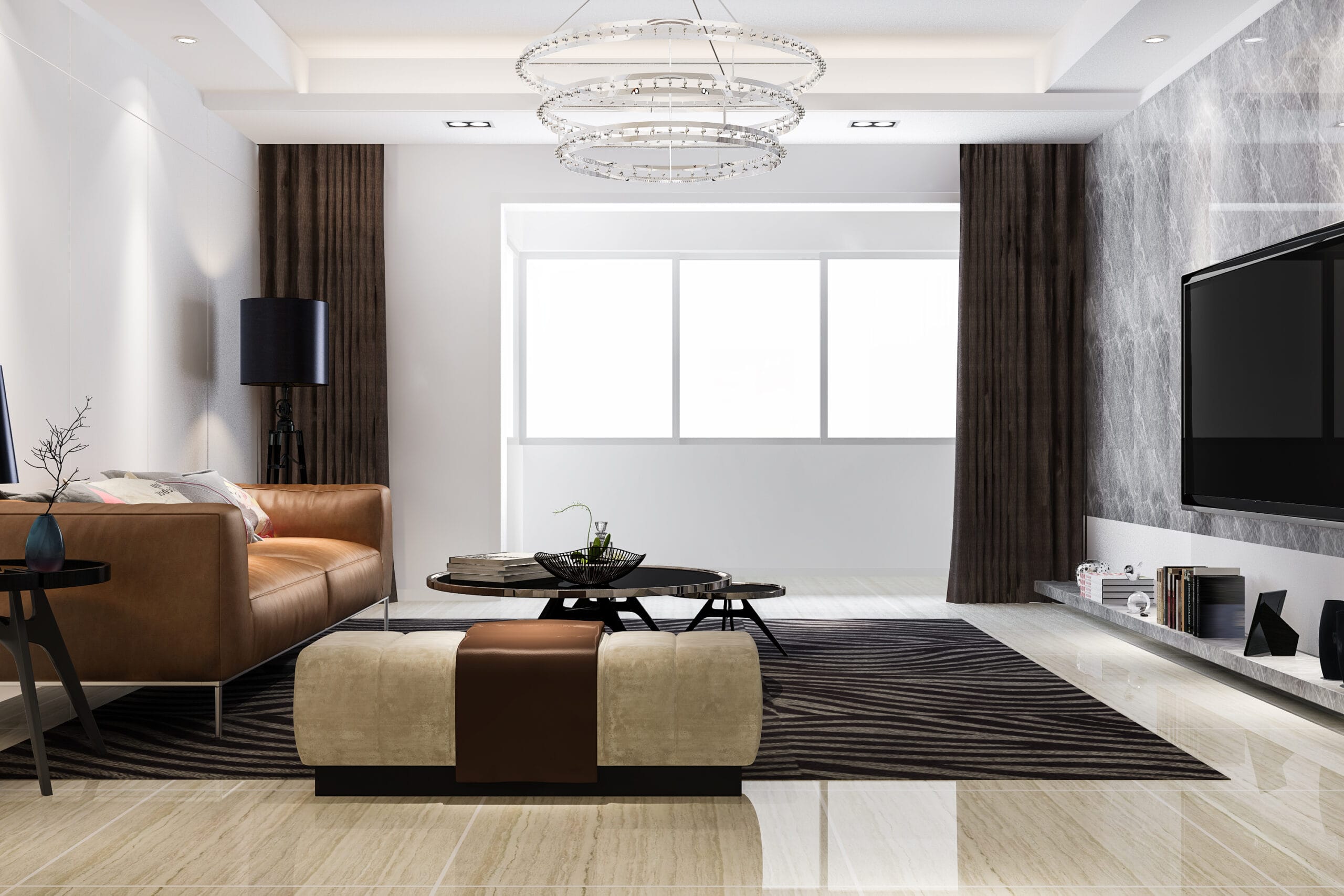
2. Voice Control Systems: Commanding Your Environment with Grace
Voice control technology has revolutionized how we interact with our homes, transforming simple spoken words into powerful commands that orchestrate complex environmental changes. Modern voice assistants have evolved beyond basic tasks to become sophisticated home management systems capable of understanding context, preferences, and even mood.
The elegance of voice control lies in its natural, intuitive interface. Instead of searching for switches or opening apps, you simply speak your intentions. “Good morning” might trigger a sequence that gradually brightens lights, adjusts the thermostat, starts your coffee maker, and provides a weather update. “Movie time” could dim the lights, lower the projector screen, and optimize audio settings – all through natural conversation.
What makes this technology truly elegant is its ability to learn and adapt. Advanced systems recognize different family members’ voices and adjust responses accordingly. They understand that when you say “I’m cold,” you want the temperature increased, and when you mention feeling tired, it might suggest adjusting lighting to promote better sleep.
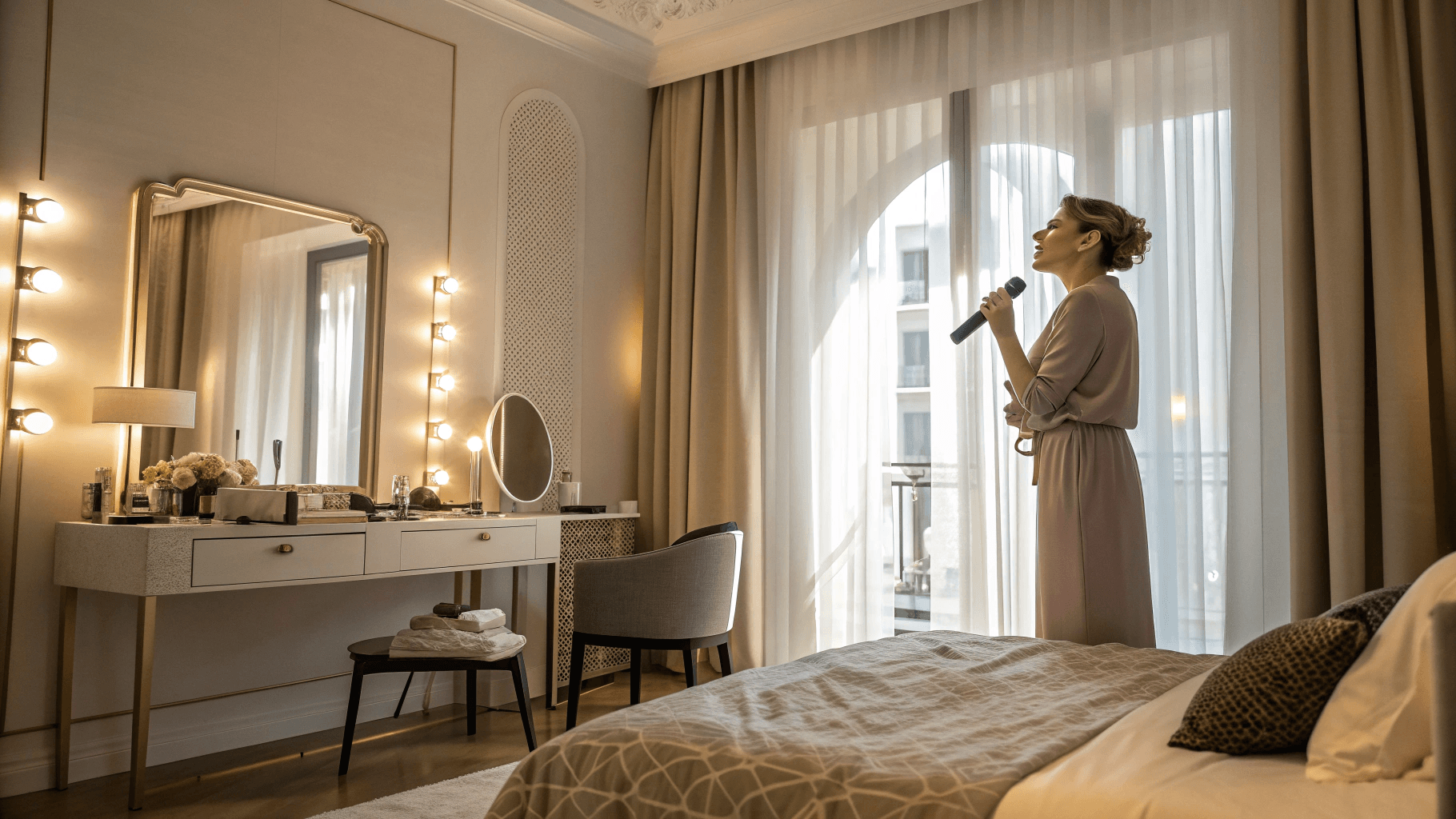
3. Automated Lighting: Sculpting Ambiance with Intelligence
Lighting serves as the foundation of any well-designed space, and smart lighting systems elevate this fundamental element to an art form. Automated lighting goes far beyond simple on-off functionality, offering precise control over color temperature, brightness levels, and dynamic lighting scenes that transform throughout the day.
The most sophisticated systems utilize circadian rhythm lighting, automatically adjusting color temperature to support your body’s natural sleep-wake cycle. Cool, bright light energizes morning routines, while warm, dim tones promote relaxation in the evening. Motion sensors ensure lights activate only when needed, while daylight sensors adjust artificial lighting to complement natural light levels.
Customizable lighting scenes allow you to instantly transform any space’s mood and functionality. A dining room might have distinct settings for intimate dinners, family meals, or entertaining guests, each programmed to create the perfect ambiance at the touch of a button or voice command.
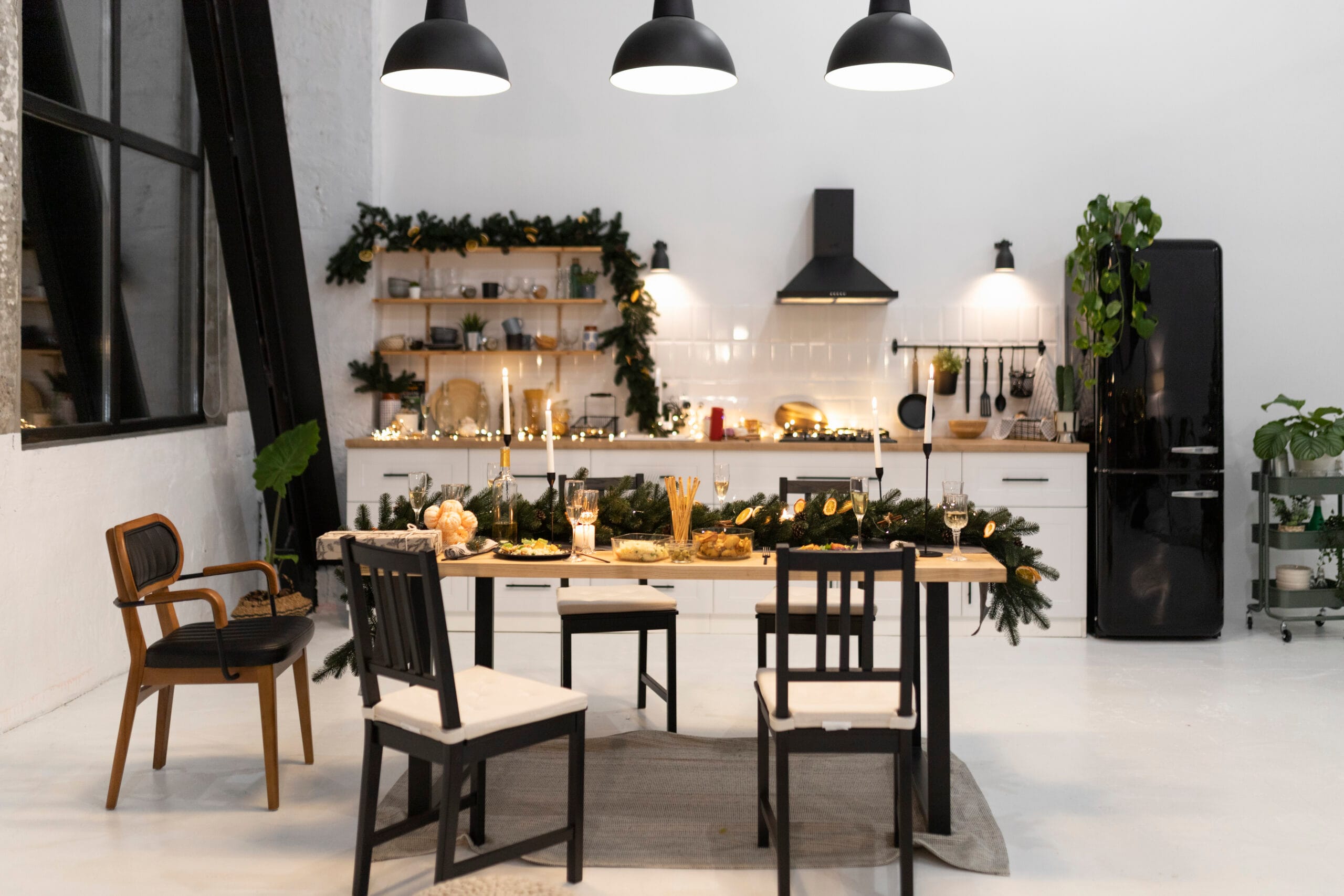
4. Climate Control: Perfecting Comfort Through Technology
Smart climate control systems represent the pinnacle of environmental comfort, offering precise temperature and humidity management that adapts to your lifestyle patterns and preferences. Unlike traditional thermostats that maintain static temperatures, intelligent climate systems create personalized comfort zones throughout your home.
Zoned heating and cooling allows different areas to maintain optimal temperatures based on usage patterns and occupancy. The master bedroom might cool down before bedtime, while the home office warms up just before your workday begins. Smart sensors detect occupancy and adjust accordingly, ensuring energy efficiency without sacrificing comfort.
Advanced systems integrate air quality monitoring, automatically adjusting ventilation and filtration based on indoor and outdoor conditions. Some systems can even detect allergens or pollution levels and respond by increasing air purification or adjusting humidity levels to maintain optimal respiratory conditions.

5. Smart Security: Protection That Blends with Beauty
Modern smart security systems prove that safety and style can coexist beautifully. Today’s security technology integrates seamlessly into home design, providing comprehensive protection without the industrial aesthetic of traditional security equipment. Discreet cameras, hidden sensors, and elegant control interfaces ensure your home remains both secure and sophisticated.
Video doorbells and security cameras now feature sleek designs that complement architectural elements rather than detracting from them. Smart locks replace bulky hardware with streamlined designs that offer keyless entry, remote access control, and detailed access logs while maintaining the aesthetic integrity of your entrance.
The most advanced systems provide intelligent threat assessment, distinguishing between family members, expected guests, delivery personnel, and potential security concerns. Automated responses can include adjusting lighting, sending notifications, or even coordinating with other smart home systems to create the impression of occupancy when you’re away.
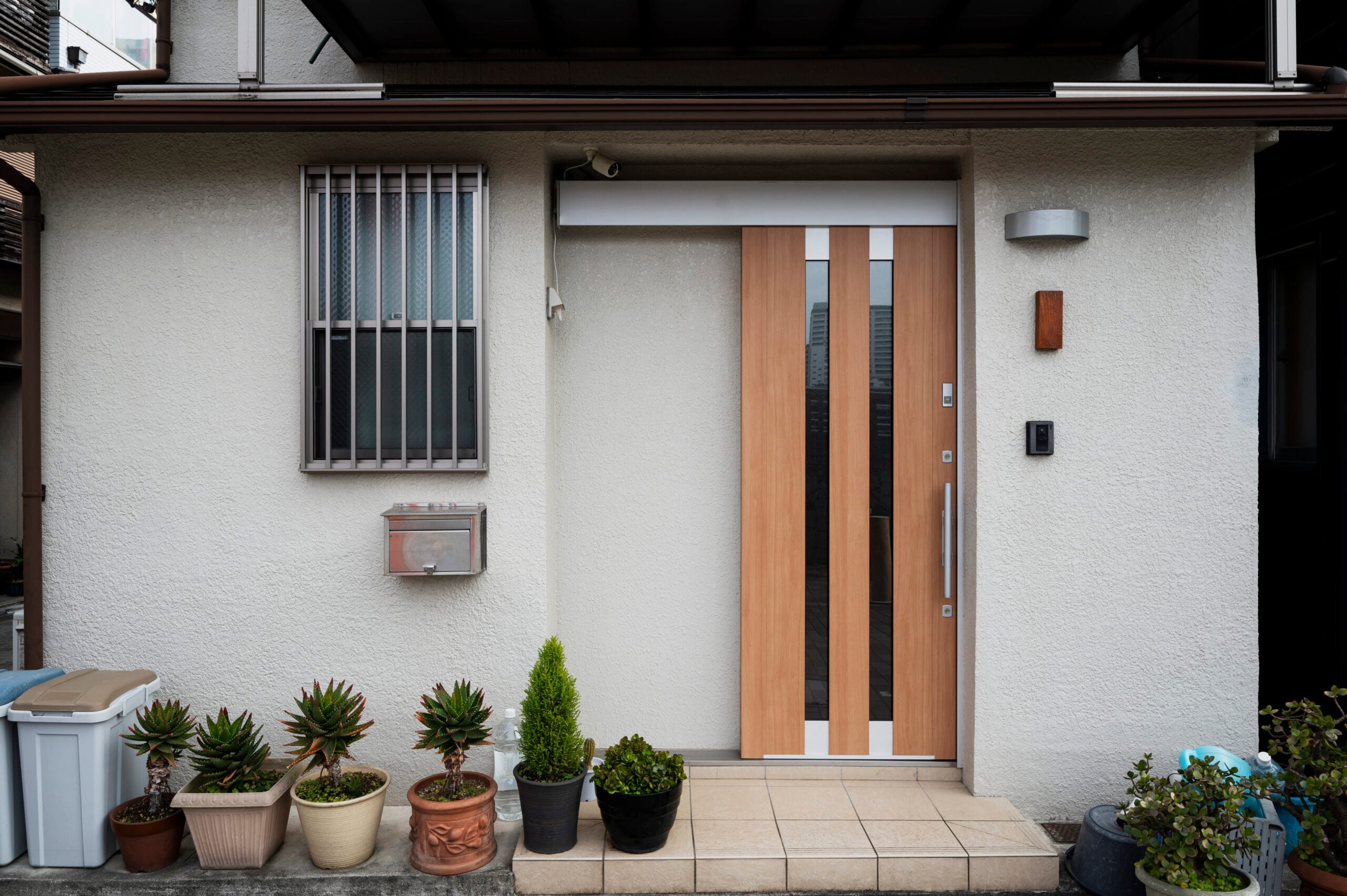
6. Kitchen Technology: Culinary Intelligence Meets Design
The modern smart kitchen represents the perfect marriage of culinary functionality and aesthetic sophistication. Intelligent appliances now offer unprecedented capabilities while maintaining the clean lines and premium materials that define luxury kitchen design. Connected cooking systems can guide meal preparation, optimize cooking times, and even suggest recipes based on available ingredients.
Smart refrigerators with transparent displays can show contents without opening doors, maintaining energy efficiency while providing meal planning assistance. Precision cooking equipment like smart ovens and induction cooktops offer restaurant-quality results through automated temperature control and guided cooking programs.
Voice-activated assistants integrated into kitchen design provide hands-free access to recipes, cooking timers, and shopping lists while your hands are busy with food preparation. Smart ventilation systems automatically adjust based on cooking activities, maintaining air quality without manual intervention.

7. Bathroom Automation: Spa-Like Luxury Through Technology
Smart bathrooms transform daily routines into spa-like experiences through thoughtful technology integration. Automated fixtures and intelligent systems create personalized comfort while maintaining the serene aesthetics essential to bathroom design. Smart mirrors can display weather, news, or health information without disrupting the room’s tranquil atmosphere.
Heated floors with programmable schedules ensure comfort during morning and evening routines. Smart showers remember individual preferences for temperature, pressure, and duration, while chromotherapy lighting can energize morning routines or promote relaxation during evening baths.
Water-efficient fixtures with smart sensors provide luxury experiences while conserving resources. Automated ventilation prevents humidity buildup and maintains air quality, while smart storage solutions keep essentials organized and easily accessible.
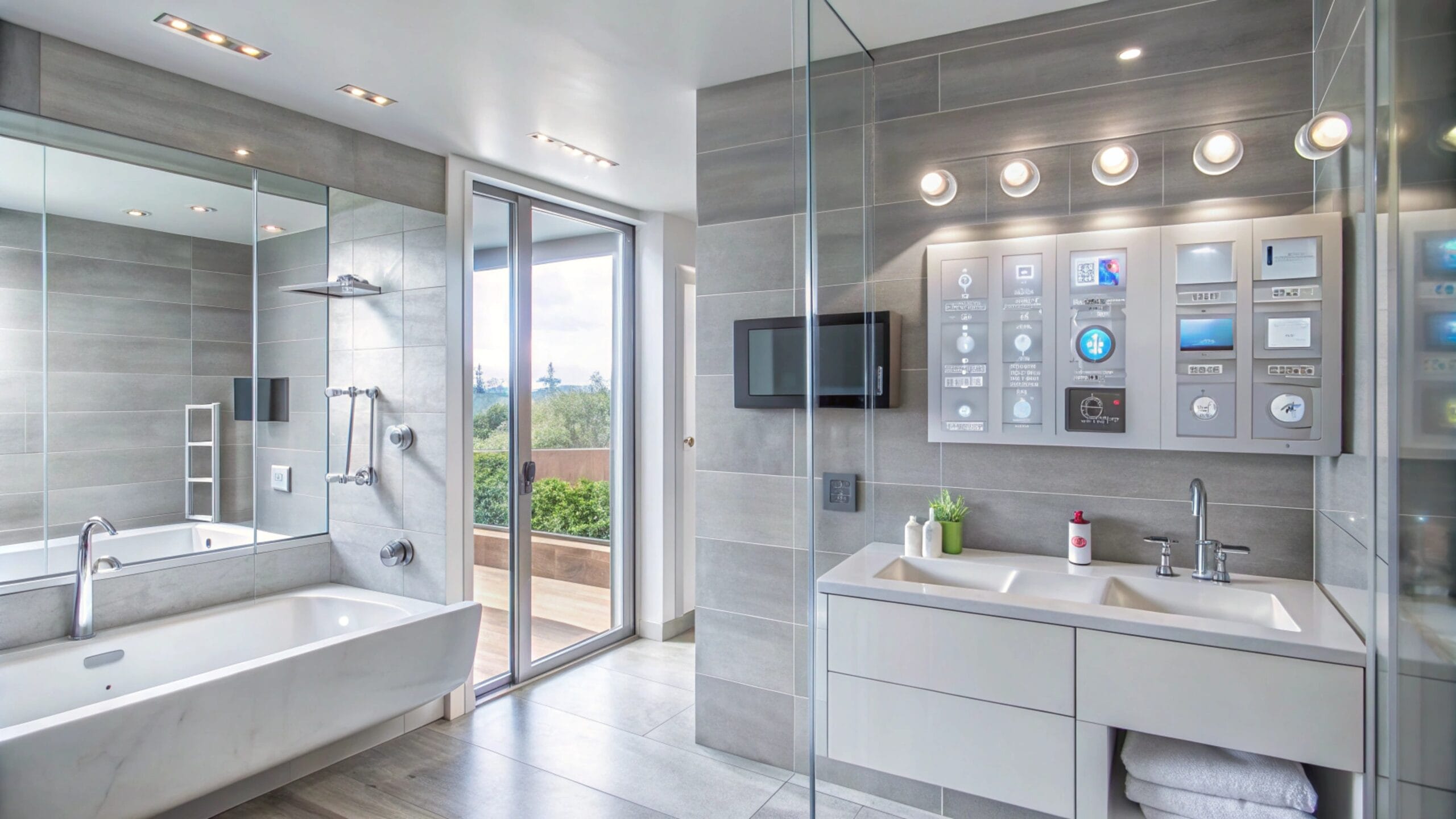
8. Energy Management: Sustainable Living Through Intelligence
Smart energy management systems represent the future of sustainable living, offering unprecedented control over energy consumption without sacrificing comfort or convenience. Intelligent monitoring provides real-time insights into usage patterns, while automated optimization ensures maximum efficiency across all home systems.
Solar integration with smart inverters and battery storage systems can make homes energy-independent while maintaining seamless operation. Dynamic load balancing automatically adjusts energy distribution based on demand, prioritizing essential systems during peak usage periods.
Predictive energy management uses weather forecasts and usage patterns to pre-cool or pre-heat spaces during off-peak hours, reducing costs while maintaining comfort. Smart appliance scheduling coordinates energy-intensive activities during optimal times, maximizing efficiency and minimizing environmental impact.
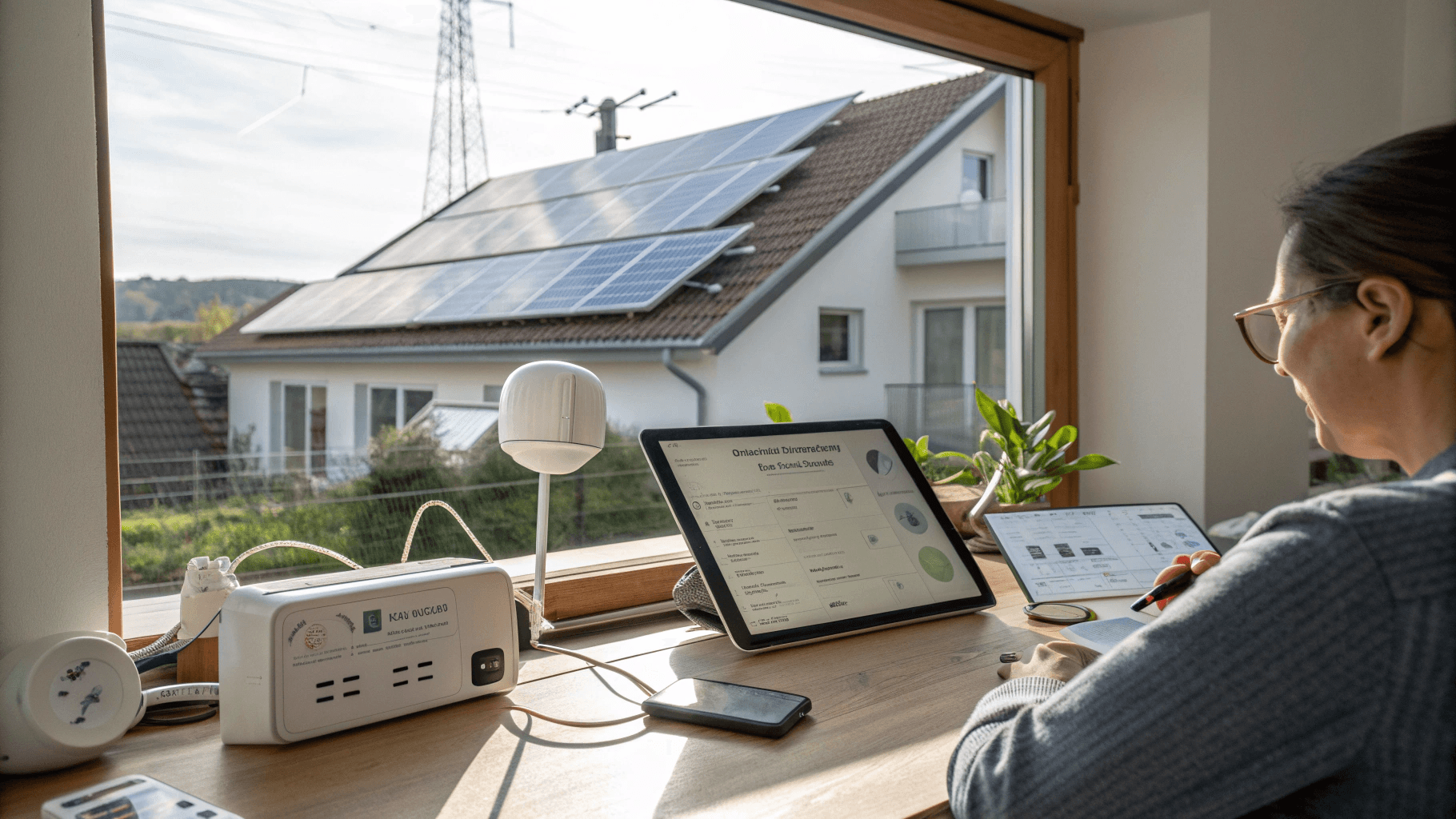
9. Future-Proofing: Designing for Tomorrow’s Technology
The most elegant smart homes are designed with future adaptability in mind, incorporating infrastructure and design principles that will accommodate tomorrow’s technological advances. Structured wiring systems, robust networking infrastructure, and modular design approaches ensure your smart home investment remains relevant as technology evolves.
Flexible mounting systems and universal interfaces allow for easy upgrades without major renovations. Open-standard protocols ensure compatibility between different manufacturers and future devices. Scalable systems can grow with changing needs and emerging technologies.
The key to future-proofing lies in choosing foundational technologies that support expansion rather than replacement. Cloud-based systems can receive updates and new features remotely, while modular hardware allows for component upgrades without system overhauls.
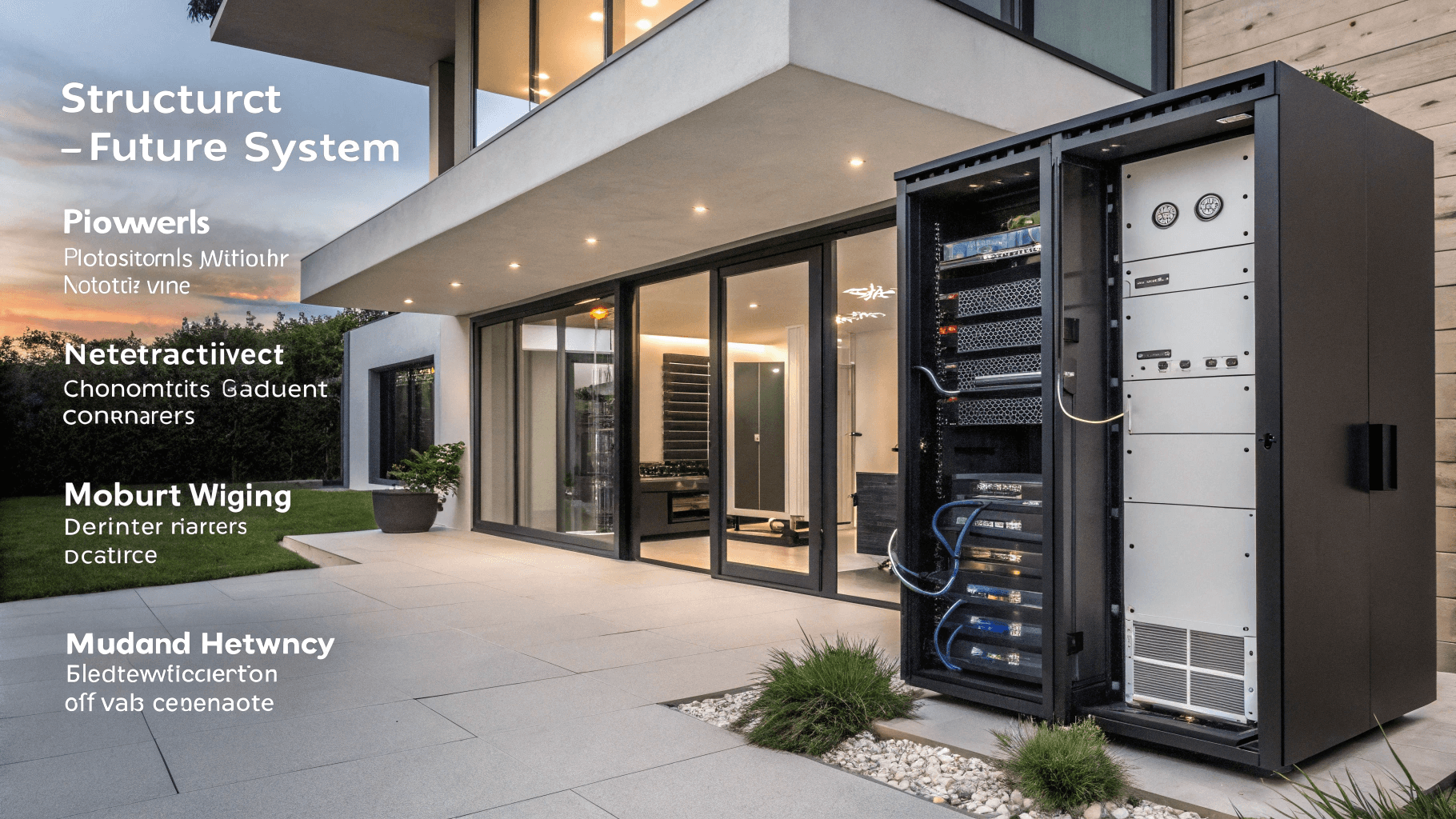
The future of home design lies in the seamless integration of technology and aesthetics, creating spaces that are both beautiful and brilliantly functional. By prioritizing elegant integration over technological showmanship, we can create homes that enhance our lives while maintaining the timeless appeal of thoughtful design. The most successful smart homes are those where technology serves as an invisible foundation, supporting comfort, convenience, and beauty without demanding attention for itself.

